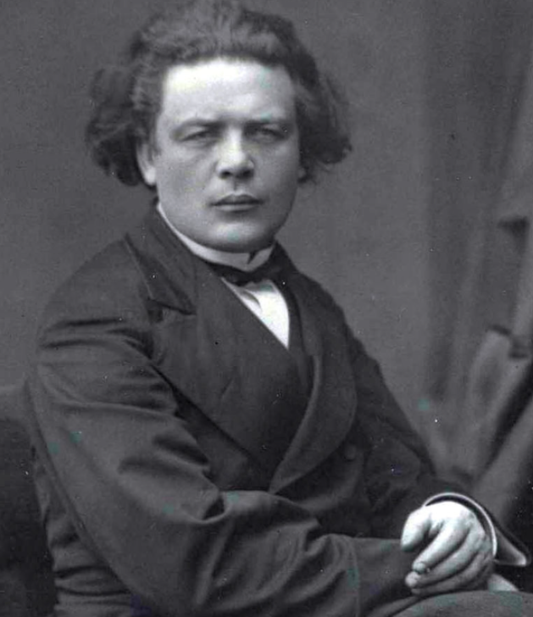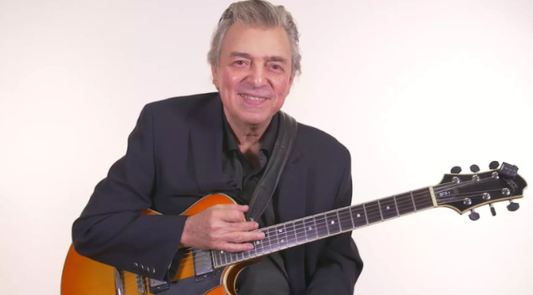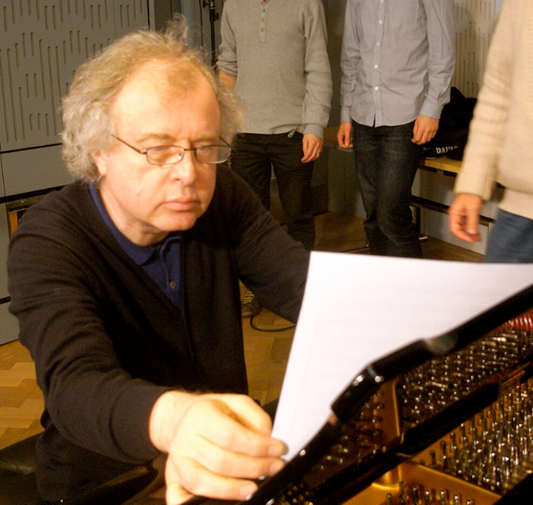Collection: HEINRICH IGNAZ VON BIBER (1644-1704)
Heinrich Ignaz Franz von Biber stands as one of the most innovative and virtuosic composers of the high Baroque era, particularly celebrated for his groundbreaking contributions to violin technique and composition. Born in Wartenberg, Bohemia (now Stráž pod Ralskem, Czech Republic), Biber's early life and musical training remain somewhat obscure, though potential influences include contemporary violin masters like Johann Heinrich Schmelzer or Antonio Bertali in Vienna.
His documented career began around 1668 when he entered the service of Prince-Bishop Karl von Liechtenstein-Kastelkorn at his court in Kroměříž (Kremsier). Here, Biber quickly established himself as an exceptional violinist and composer. However, his tenure was marked by a somewhat controversial departure. In 1670, while ostensibly on a journey to purchase instruments, Biber instead travelled to Salzburg and entered the employ of the powerful Prince-Archbishop Max Gandolph von Kuenburg, apparently without formally securing release from his previous post.
Despite this unconventional move, Biber thrived in Salzburg, which became his home for the rest of his life. He rose steadily through the ranks of the Archbishop's musical establishment: initially serving as a violinist and valet, he was appointed Vice-Kapellmeister in 1679 and ultimately ascended to the prestigious position of Kapellmeister (director of music) in 1684, succeeding Andreas Hofer. His exceptional talents and service earned him considerable favour. In 1690, Emperor Leopold I elevated him to the nobility, granting him the title "Biber von Bibern." This social elevation was rare for musicians of the time and testifies to his high standing.
Biber's compositional output is rich and varied, encompassing sacred choral music, operas (such as Arminio), and instrumental ensemble works. However, he is best remembered for his compositions featuring the violin. He pushed the boundaries of violin technique far beyond his contemporaries, demanding exceptional dexterity with complex double-stopping, intricate passagework, high positions, and sophisticated bowing techniques.
His most radical innovation was his systematic and extensive use of scordatura, the practice of retuning the violin strings to non-standard pitches. While not invented by Biber, he employed it with unparalleled frequency and expressive purpose. This technique allowed him to achieve unique sonorities, facilitate difficult chordal passages otherwise impossible on standard tuning, and imbue his music with symbolic or programmatic meaning.
The absolute pinnacle of his scordatura writing is the collection known as the Mystery Sonatas (also called the Rosary Sonatas), likely composed around 1676. This cycle of fifteen sonatas for violin and basso continuo, plus a concluding Passacaglia for solo violin, depicts the fifteen Mysteries of the Rosary. Each sonata employs a different tuning (except the first and last), creating distinct tonal colours perfectly suited to the mood and subject of each mystery – from the joyous Annunciation to the sorrowful Crucifixion and glorious Resurrection. The collection is a monumental feat of technical ingenuity and profound spiritual depth.
Other notable instrumental works include the Sonatae tam aris quam aulis servientes (Sonatas for Altar and Table), the programmatic Battalia à 10, which vividly depicts battle scenes with unconventional techniques like striking the strings col legno (with the wood of the bow) and employing deliberate dissonance to imitate chaos, and the Sonata representativa, featuring charming imitations of various animals.
Biber's music is characterized by its dramatic flair, harmonic richness, contrapuntal skill, and above all, its idiomatic understanding of the violin's capabilities. Though perhaps overshadowed in general fame by later Baroque giants like Bach and Handel, Heinrich Biber was a towering figure in his own time. His exploration of violin technique and expressive potential, especially through scordatura, secured his legacy as a unique and highly influential voice in the German-Austrian Baroque, whose fascinating works continue to captivate performers and audiences today. He died in Salzburg in 1704, leaving behind a remarkable musical legacy carried on briefly by his composer son, Carl Heinrich Biber.




